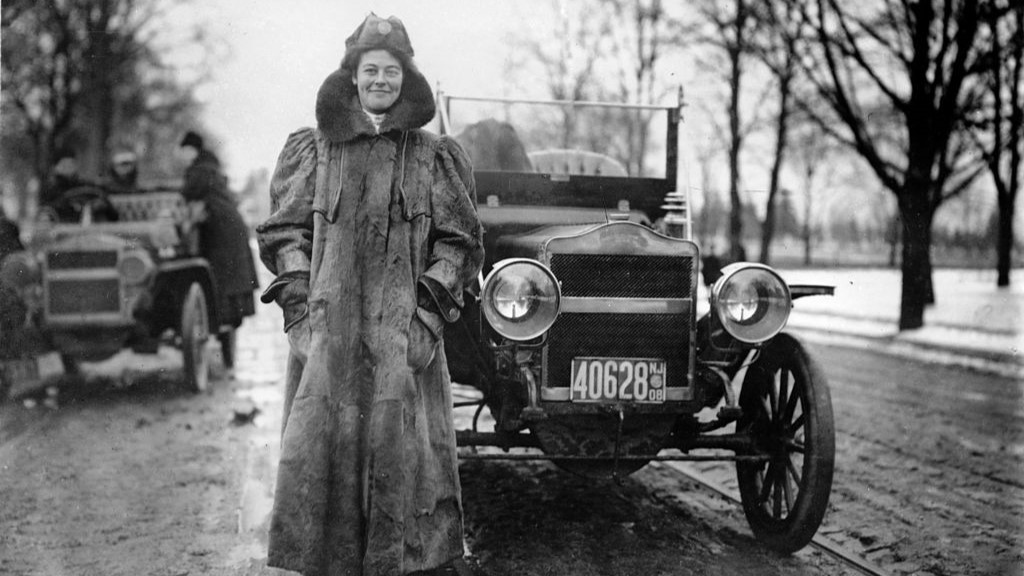In late autumn of 1793, Secretary of State Thomas Jefferson was in Germantown, Pennsylvania, then the nation’s temporary capital. A devastating outbreak of yellow fever had driven the government, including President George Washington, out of the capital, Philadelphia, to escape the horrific epidemic, whose origin was a mystery to all. Jefferson had not, in fact, been a part of the exodus. He had decided to leave Philadelphia in the winter of 1792, well before the outbreak. Perhaps he had grown weary of city living or, more likely, wished to find respite from the scene of his metaphorical death match with Secretary of the Treasury Alexander Hamilton, his chief rival in Washington’s cabinet. The two men had very different visions about the way the new country should progress, and Washington sided with Hamilton.


